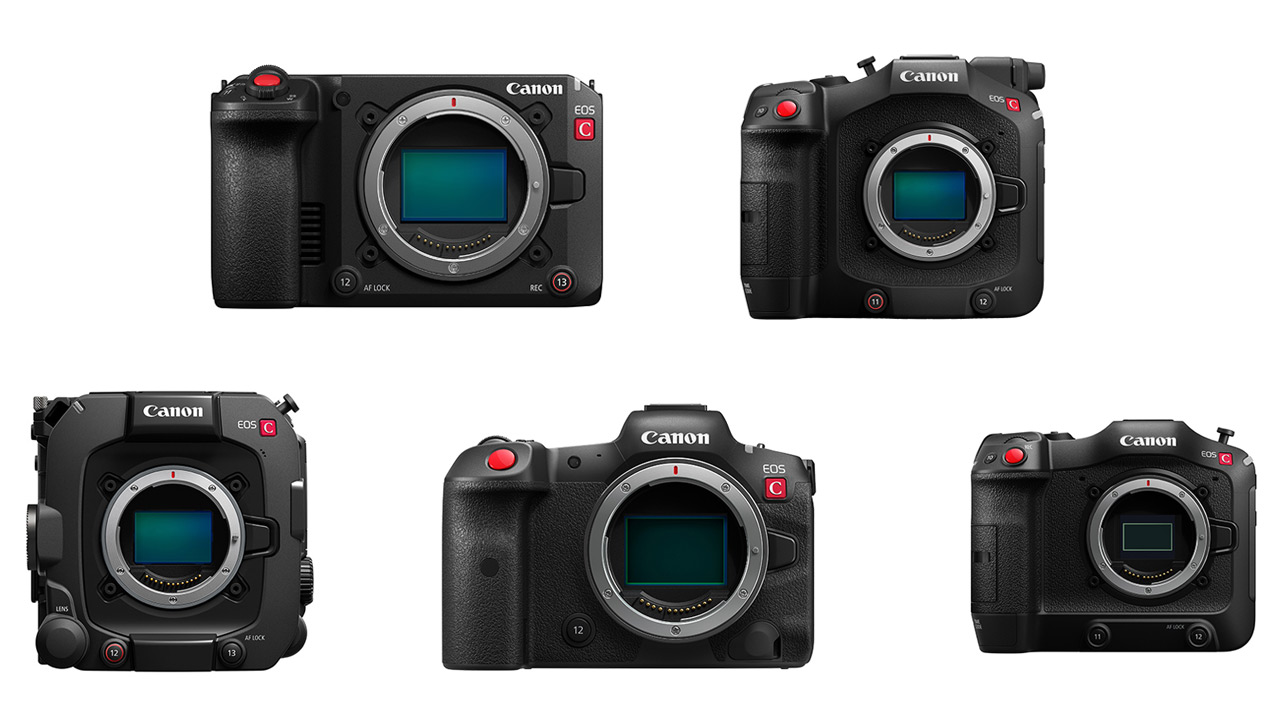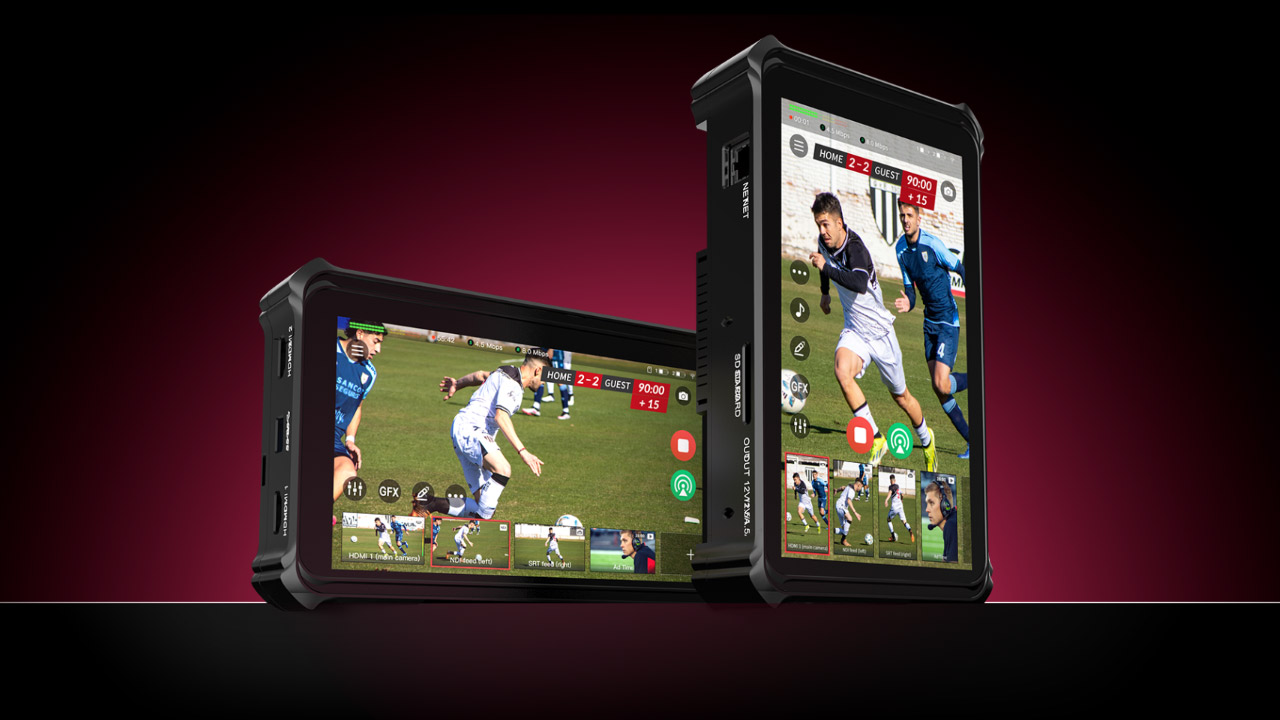
Nikon got their start way back in the day as a lensmaker company, begun at the behest of the Japanese government. Throughout the years of film cameras, Nikon F-mount lenses became known for their durability, longevity, and usefulness. When Nikon began the Z line of mirrorless cameras back in 2018, they opted to start a completely new lineup of lenses with a much larger inner diameter of 55mm and a flange of 16mm. The much larger circle allows for much better light control, along with better electronics with its 11 pins. At the System 5 PROGEAR Showroom in Hamamatsucho, numerous Z-mount lenses are available for you to test out and try at the showroom. I decided to take my Nikon Zf camera to System 5 and test out a few of the lenses on display. For this initial Nikkor Z Lens Review, I photographed a Nikon Z8 paired with a Nikkor Z 24-120 f4 S lens. I photographed these shots with a 35mm prime, a 50mm prime, and the flagship 135mm Plena prime lens.
Lets Start this Nikkor Z Review with a 35mm Prime Lens

The Nikkor Z 35mm f1.8 S is compact and fast, making it quite a versatile lens for portraiture and product photography. I honestly think that this lens is the most versatile of the bunch. Nikon did announce a newer 35mm lens, however, so it would be interesting to see how that one works in comparison. The newer 35mm lens has a faster aperture of 1.4.

Here are 3 images from the 35mm 1.8 S. Let’s go over the results!

Indoors, I really need to beef the ISO up a bit to get the entirety of the camera in full frame. In post I also color corrected slightly, as the fluorescent lights create a significant tint on the right side of the spectrum. The results though are pretty good, as from this distance, the display is slightly bokeh but the whole camera is in focus decently well.

This shot has the focus point right on the grip of the Z8, as you can see. With a f1.8 aperture setting, this lens is extremely sharp even for a 35mm. A good portion of the lens barrel is in focus too, however. The fact this lens is that sharp makes it a little more tricky for product photography. I recommend setting the aperture a bit higher in that regard.

Like my previous Nikon Z6III review, I decided to take a photo with the Nikkor Z 35mm S lens that nobody would ever think to take in terms of testing – the subject being all the way on the very side of the frame. The framing of the above shot is intentional, as it shows that the 35mm 1.8 S has a sharp enough image circle that it even reads the focus on the very edge of the frame. I’m not quite sure what you’d want that for, maybe something artistic, but it shows the absolute controllability of even the 35mm prime that Nikon has in their S line of top-end lenses.
Next Lens in this Nikkor Z Review – the 50mm S Prime
I am used to using 50mm primes in my film photography. I have a super-sharp Nikkor F 50mm 1.4 from the AF line that has produced some incredible shots for my Nikon FE film camera, for example. As you can expect, I was pretty excited to try out the 50mm Z mount lens, just to try to get some comparison in familiarity. This 50mm does not go to 1.4, just to f1.8. That is a couple stops faster than the f2 40mm prime I currently use for my Zf.
The results are pretty interesting for the Nikkor Z 50mm 1.8 S. Lets have a look:

I feel a huge sense of familiarity with this lens, like I am shooting retro film out of my 2024-build Zf. The bokeh and imaging capabilities really are on display with this first shot. On the far left of the image you can see the bokeh in better detail with the lettering. However, unlike shooting film out of my 50mm primes that I own already, I have much more control over this lens. It really felt comfortable and confident with this lens, as it took a lot of the guesswork out of prepping the shot.

To get the whole Z8 rig in shot, I bumped the aperture to f6.3. Even then, the Z logo on the left side of the camera wasn’t able to get in shot. That’s how tight this lens is. I do think this came out pretty well, nonetheless. The display and background is still sufficiently bokeh and I did not need to boost the ISO much to compensate the lost light.
The Final Lens for this initial Nikkor Z Review – the 135mm Plena

The Nikkor Z 135mm 1.8 S Plena is Nikon’s flagship lens. They had these things on full display for use at InterBEE 2023 last year. Our review from InterBEE even had a segment talking about just this lens. It is monstrously large but has an incredible amount of light control.


Lets look at the test shots with the 135mm Plena


This lens can turn the Z8 or Z9 into a dramatic TV studio camera. The sharpness and how tightly it pinpointed the focus is just outstanding. It would be very interesting to emulate these shots on a RED camera, for example.

I am so happy that System 5 has a Plena on hand for me to try. I am floored as to how pretty these turned out. The ISO for the above shot was beefed up to 3,200 again, but with the low-light capabilities of the full frame Z cameras, the product shot I aimed to emulate here was astounding. The image here feels much more intimate, like something a website would share for advertising.
Overall Thoughts from the first Nikkor Z Lens Review
The Nikkor Z lenses I tried out were very functional. During these shots, I felt my brain churning out ideas for how I could use them in various work situations or in creative situations. The 35mm S would be your all around variety lens, the 50mm S is a great portrait lens, and the 135mm should honestly be a cinema or TV studio lens. Nikkor Z lenses are not as abundant as F mount lenses, so those of you making the switch from a F mount camera to the Z mount will probably have to either get the FTZ adaptor if you want to save money.
However, I doubt any of you Pros reading this will regret your purchase. I am very eager to try out other lenses from Nikon, especially some of the new ones coming out soon. I also recommend you follow us on our social media accounts. We will share more images and news there!
Written by Zach Kuhn – profile
Zach is the web editor and additionally is a gear tester for PRONEWS Global. His work in social media content creation stretches back to the early days of social networking sites. His Instagram can be found here.










